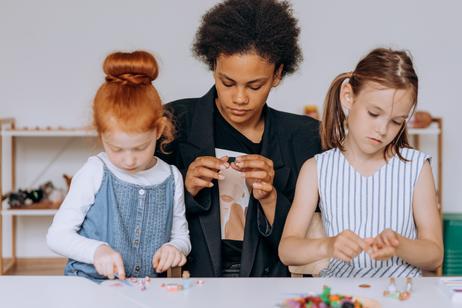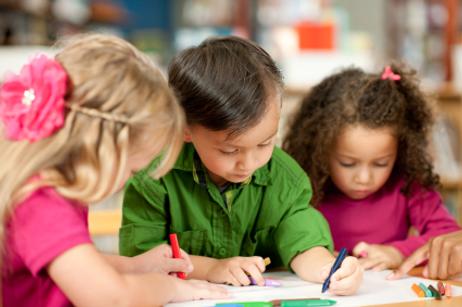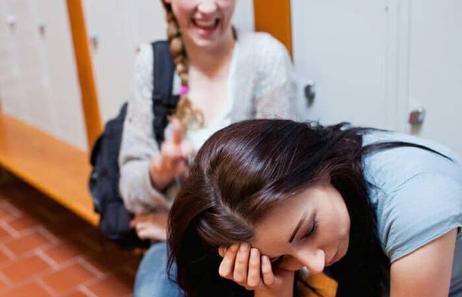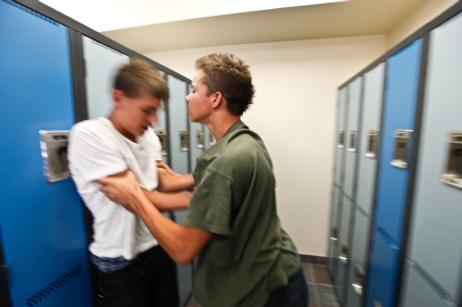Stirring up a raging political, social, and economic debate, the issue of school vouchers is a hot topic among community leaders, members, and educators. School vouchers, which essentially work as a scholarship, allow parents to redirect the trajectory of educational funding. Instead of applying tax dollars to schools directly, vouchers allow tax money to be sent to individual families. With this approach, parents and families can choose how their educational tax money is spent, allowing students to attend private or public schools, as the tax money can be used to pay for private tuition costs.
For proponents, vouchers offer students in failing schools access to greater educational opportunities in private schools. On the other side of the debate, many experts assert that vouchers, in the larger spectrum, will cause far more harm than good.
Vouchers and the Current State of Student Funding
While vouchers are still a relatively new concept and practice, the Supreme Court of Wisconsin approved of its state’s voucher program in 1998, which supported family-ownership of educational tax funds for approximately 15,000 children. With this private funding, children can choose from either public, private, or religious schools. This verdict was appealed to the United States Supreme Court after its passing, but the judges of the Supreme Court voted to not hear the appeal; therefore, Wisconsin has been able to continue its voucher approach to education for nearly a decade.
This video from The Young Turks discusses Louisiana's voucher program.






















